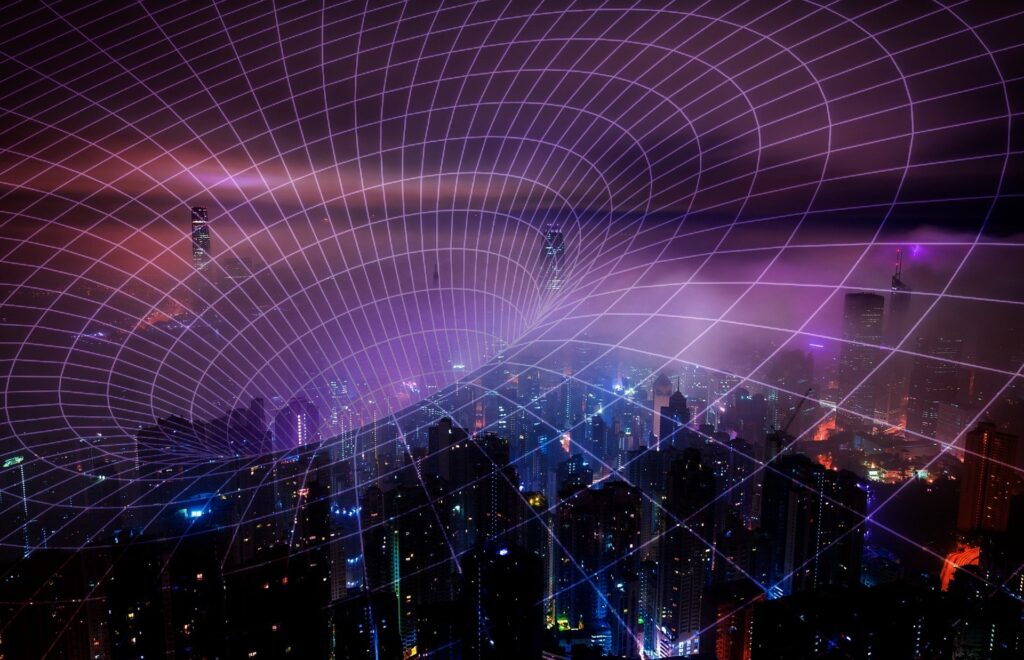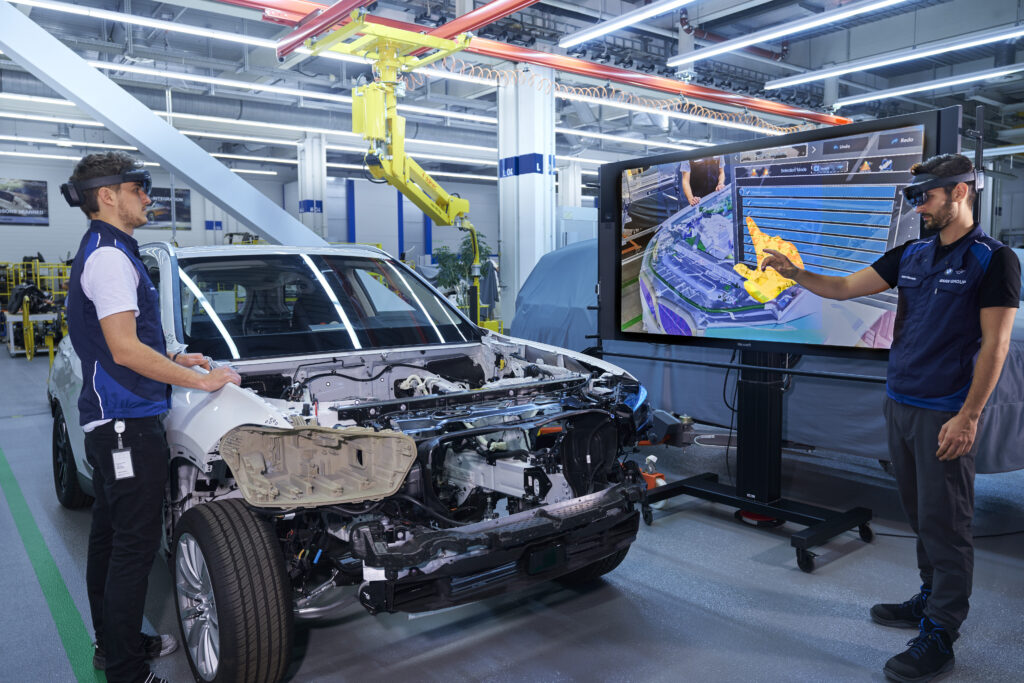Why XR Streaming and Edge Computing Are Vital for 5G
With the commercial deployment of 5G, augmented and virtual reality (AR/VR) encompass a host of new use cases which, enhanced by edge computing, will bring great value to infrastructure providers and enterprise users alike.
Telecommunications providers have invested heavily in 5G. The research house IDC projected that mobile service providers will collectively spend nearly US$57 billion on the rollout of 5G through 2022[1]. While anticipated benefits drive this investment, achieving return on investment on the technology remains elusive for telco operators. In a December 2019 Bain report more than half of the telecom executives surveyed, cited a lack of compelling use cases as the largest barrier to 5G deployment[2]. In short, 5G still lacks a proverbial killer app.
Augmented and virtual reality provide one of the most dazzling applications of 5G. Ultra-high bandwidths and low latency as well as the increasing deployment and acceptance of cloud and edge computing will power digital transformation through XR (an umbrella term for all immersive technologies). However, there are still technological hurdles to overcome to unleash the full potential of AR and VR in a 5G application scenario.
New Possibilities with XR Streaming
The limited computing and graphics power of mobile devices such as smartphones, tablets and smart glasses present a challenge for current and next generation AR/VR use cases. For example, the rendering of 3D content is usually subject to the technical specs (CPU, GPU, RAM) of the XR hardware. Consequently, the quality of 3D models and richness of graphics effects are far below what we are used to from modern PC programs. And the performant rendering of complex data is almost impossible.
XR Streaming is a technology that will be the key to the limitless usage of mobile applications in AR and VR. Hololight, a provider of immersive software and technologies, has developed the remote rendering SDK Hololight Stream that enables the streaming of entire AR and VR applications in real-time via local servers, cloud, or edge infrastructure. Outsourcing the rendering process brings potentially unlimited performance. It makes it possible to visualize and experience 3D content in unprecedented detail and complexity. Thus, XR Streaming is paving the way for the proverbial killer apps and flagship AR/VR use cases.

Using the Edge
“More and more AR / VR content will want to be streamed from the telco edge to support more immersive experiences on cheaper headsets,” says Vasanth Mohan, Developer Advocate for the edge computing company MobiledgeX. “The low latency and high bandwidth that 5G and edge computing bring is crucial in making higher quality experiences available to a broader audience.” Whenever real-time data processing is a critical factor, edge infrastructure is a good choice. The move to the edge means that image frames can be rendered much closer to the end-user (compared to the cloud) on a powerful data center grade GPU hence further enhancing the use cases.
Using the edge has the benefits for latency, bandwidth, and security. Traditionally, companies would need to invest in their own on-premises edge sites to gain these benefits. For many industrial and enterprise customers, this investment was necessary to ensure that the applications receive the capabilities required to carry out mission critical processes. However, by utilizing the telco edge, companies get the advantages of edge computing while not having to invest and maintain their own costly infrastructure and avoid wasting time with setup and applications can be used immediately in a flexible way. “With telco edge computing you have the best of both worlds: low latency using a cellular network and the flexibility and scalability of a cloud data center,” says Vasanth. The new type of distribution and lower technical hurdles through XR streaming will also simplify implementing AR/VR technology for many companies.
XR Streaming Use Cases

Hololight itself has implemented the XR Streaming Hololight Stream into its AR Engineering Software Hololight Space. The German car manufacturer BMW, for example, uses AR ES Pro to speed up design processes by as much as twelve months, from individual vehicle sections through complex production stages. With the regular computing power of mobile AR devices, this use case would not have been possible. The individual parts of a car are very detailed, complex, and large in file size. With the integration of the Hololight Stream into Hololight Space, Hololight created a scalable solution, allowing BMW to visualize their 3D CAD models in very high-quality and without any data preparation.
Another use case example paves the way to smart factories. PROFIBUS & PROFINET have introduced omlox, a new global industrial standard for tracking technologies. The independent organization is using XR Streaming for its AR app to combine the world of tracking with augmented reality. Real-time location data like navigation instructions, machine data, tool positions, etc. can now be displayed on mobile AR goggles. Due to the Hololight Stream technology, all computing processes such as content rendering and application logic from the omlox system run through a powerful server. The large scope of AR content, again, requires more computing power than mobile devices can provide without overheating and rapidly draining battery life.
Resume
For real-time AR/VR and the associated use cases, ultra-low latency and high bandwidth are so crucial that 5G is more necessary than for many other 5G-enabled use cases. Vice versa 5G needs XR Streaming and edge computing to open the door for industry changing apps and flagship use cases. XR Streaming empowers a way to help telco companies realize a sufficient return on investment (ROI) by enabling real value applications for enterprise companies’ future digital plans.
